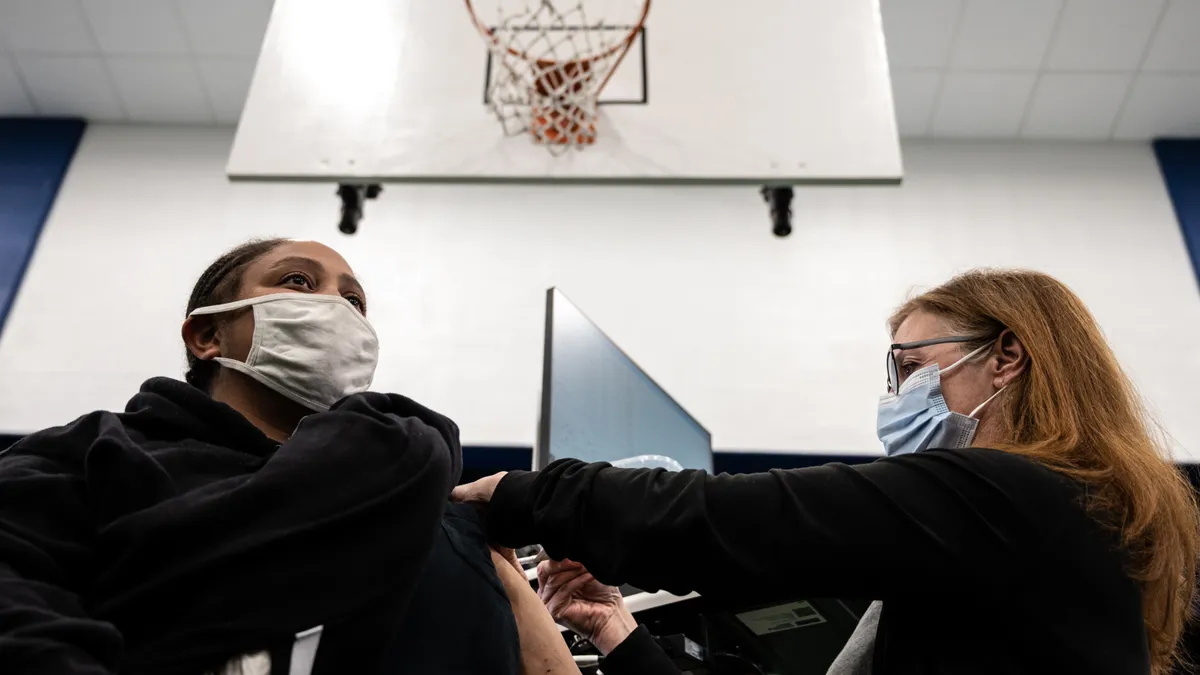COVID-19 vaccination remains low among school-age children despite its known benefits, but school-led immunization efforts can increase vaccination rates in public schools where few students have gotten the shot, according to the Centers for Disease Control and Prevention.
As of March 8, 62% of 12- to 17-year-olds and only one third of students ages 5-11 had received their first COVID shot.
Meanwhile, a study released last week shows COVID-19 vaccination rates among Washington's Seattle Public School students ages 5-18 increased from 57% to 80% between December 2021 and June 2022, after the district implemented strategic messaging, school-based clinics at over 50 schools, and community engagement to address low immunization rates. Seattle serves about 50,000 students across 106 schools.
"Schools can use their relationships with community partners and families to increase student vaccination rates," the study authors wrote. "School-led promotion of vaccination might improve vaccine confidence and enhance readiness for current and future pandemics."
In Seattle, for example, vaccination rates were especially low among Black and multilingual students prior to its efforts. As a result, the system tailored school-specific community engagement, like choosing multilingual staff members to administer vaccines at students’ homes or workplaces. Vaccine providers were chosen based on their cultural competency and included independent Black-owned pharmacies with personnel who spoke multiple African languages.
After the district strategically selected schools to host clinics based on size or known barriers to care, vaccination for Black students increased by 38% for those 5-11 years old, and by 15% for 12- to 18-year-olds. Multilingual students saw a similar increase by age group.
"Schools have the potential to play a critical role in the health of children, and can enhance access to health care services, including preventive care, particularly among those without a traditional medical home," CDC researchers wrote.















